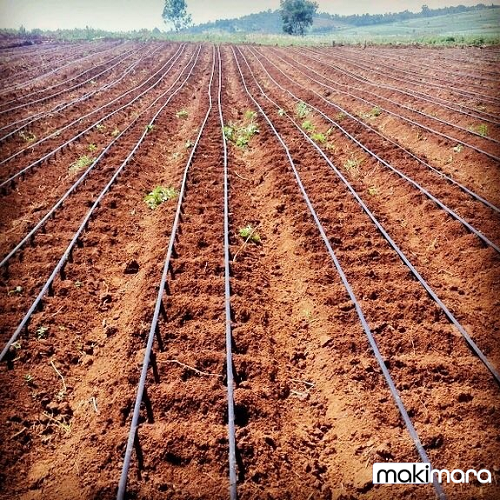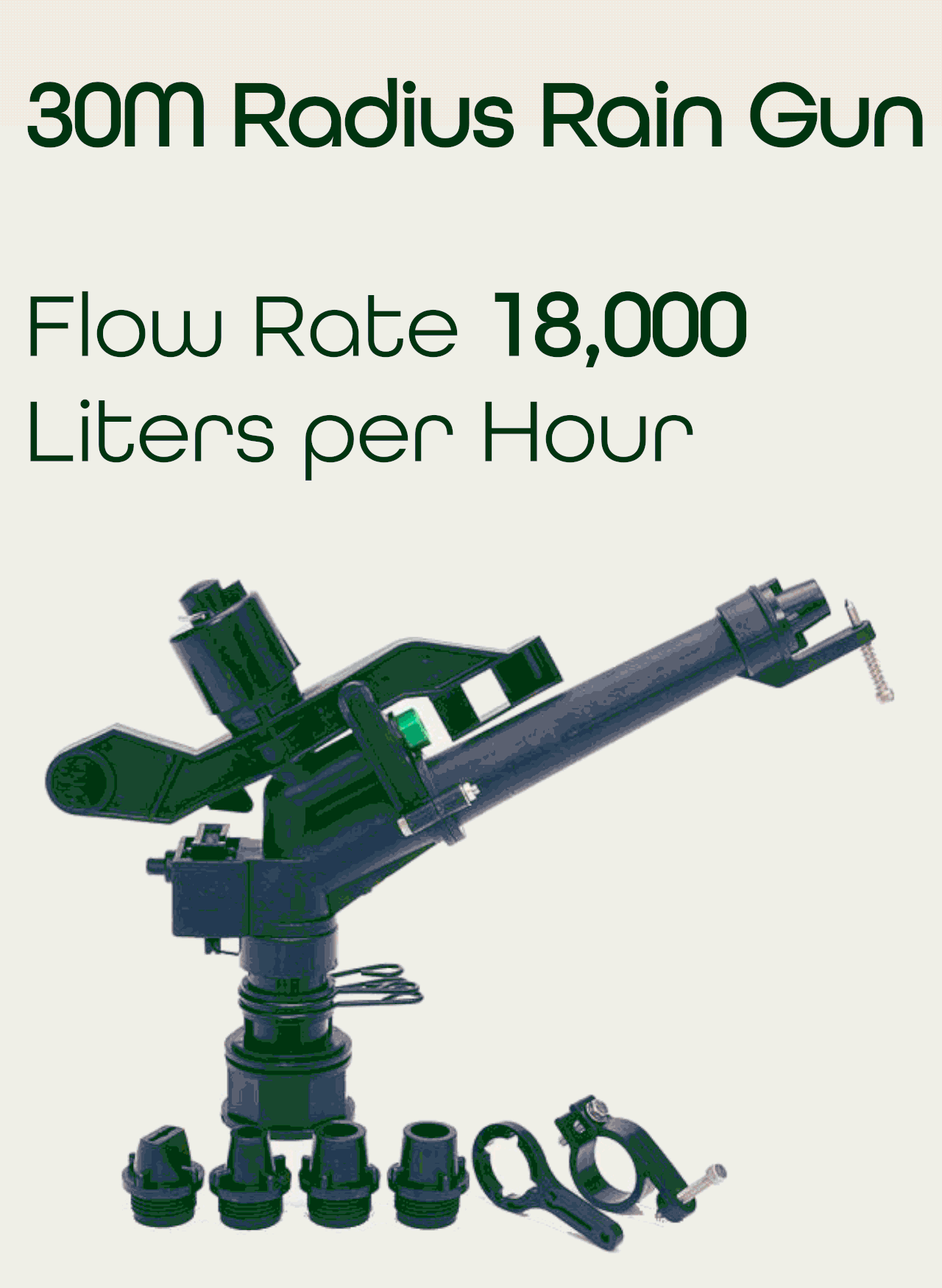
Buy drip irrigation kits in Kenya
Makimara Limited deals with quality drip irrigation kits in Kenya. We stock and supply drip irrigation kits that are designed to last and serve you well.
We not only supply drip irrigation equipment in Kenya but also provide free consultation when it comes to running your farm. We are truly a one stop shop irrigation company that seeks to provide genuine solutions to farmers in Kenya.
We have ready-made drip irrigation kits and custom made systems that are designed to provide a seamless irrigation experience on your farm.
We have ready-made drip irrigation systems ranging from a kitchen garden drip irrigation kit to a 1-acre drip irrigation kit.
Types of drip irrigation kits in Kenya
It’s always advisable to match the right drip irrigation kit with the right crop being cultivated.
We have drip irrigation kits for all types of crops grown in Kenya. Our ready-made drip irrigation kits have been designed to cater to crops being grown on raised beds such as, onions, watermelons, capsicums, kale (Sukuma Wiki), potatoes, cabbages, etc. We have categorized all crops to fall under four (4) drip irrigation kit categories that can be seen below:
- 1 Line per Bed: This drip irrigation kit includes one drip line that runs along the length of the bed. This system is most suitable for growing crops that have a large spacing across rows. Examples of such crops include watermelon, butternuts, etc.
- 2 Lines per Bed: This is the most popular drip irrigation kit because it covers most general crops grown by farmers in Kenya. This kit accommodates crops such as; Sukuma wiki, Managu, beans, capsicums, potatoes, etc.
- 3 Lines per Bed: This drip irrigation kit is used to grow crops such as onions, garlic, carrots, dhania, etc. If your crop has small spacing from side to side, then this is the drip irrigation kit to purchase.
- Button Dripper Irrigation Kit: This is an irrigation kit used in orchards. It is used to irrigate crops such as passion fruits, tree tomatoes, avocados, coffee, etc.
Drip irrigation kits are useful and can increase your farm’s productivity by 50% if used well.
Drip irrigation has arguably become the world’s most valuable innovation in agriculture since the invention of the impact sprinkler back in 1930.
What are the specifications of our drip irrigation kits in Kenya?
Our drip irrigation kits are designed to last through the harshest water and weather conditions. Our drip irrigation kit specifications are as follows:
- They have a long lifespan.
- The drip lines have drippers equipped with their own filtration systems to prevent blockage.
- Our drippers have a spacing of 10cm, 15cm, 20cm, 30cm, 45cm, and 60cm. This spacing is chosen depending on the crop being grown.
- You can choose between 03mm and 0.4mm for your drip lines.
- We have flexible flow rates that can be chosen for your drippers.
- Our drip lines are resistant to fertilizers and chemicals used in farming.
What is included in our drip irrigation Kits?
Our drip irrigation kits have been designed and assembled by our small but dedicated team of irrigation professionals.
We have technicians and experts who have been in the irrigation industry for more than 10 years and can install systems on any size of farm.
These are the items included in our drip irrigation kits:
- Main pipe: This pipe is used to supply water from the water tank to the farm.
- Sub-main pipe: This pipe taps water from the main pipes. It is used to supply water to the drip irrigation lines.
- Drip irrigation connectors: These are placed on the sub-main pipe to supply water to the drip lines.
- Filtration unit: All irrigation systems require filters to prevent clogging. We include this component to filter all dirt that might block your drip irrigation kit.
- HDPE Fittings: These are fittings that are used to join the main and sub-main pipes.
How do I prepare land for drip irrigation in Kenya?
Land preparation plays an important role in drip irrigation. These are the steps you need to take to ensure your farm is well prepared before you install a drip irrigation kit in Kenya.
- Look for a tractor and plough your land. Ensure the soil is soft before moving to the next step.
- Make raised beds according to your crop preferences. You can choose between 80m and 1m in width. The bed height should be 30 cm.
- Apply manure to the raised beds and stir thoroughly. You can also cover your beds with mulching paper if you have any.
- Create walking paths of 30cm between beds to act as access points during crop management.

